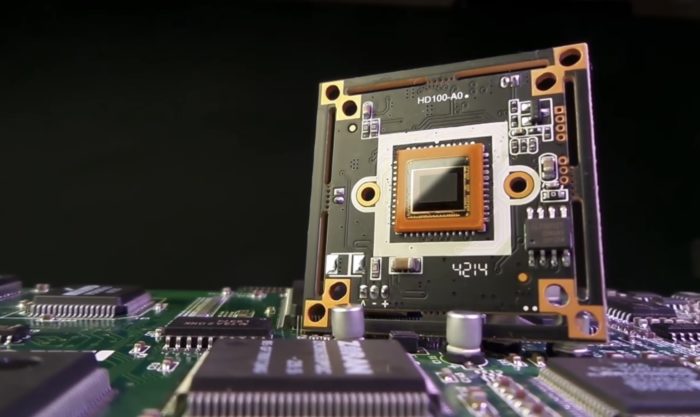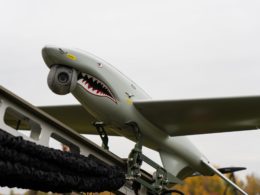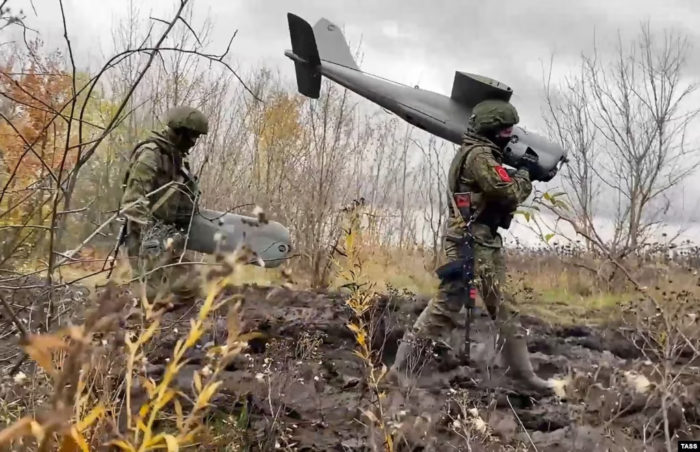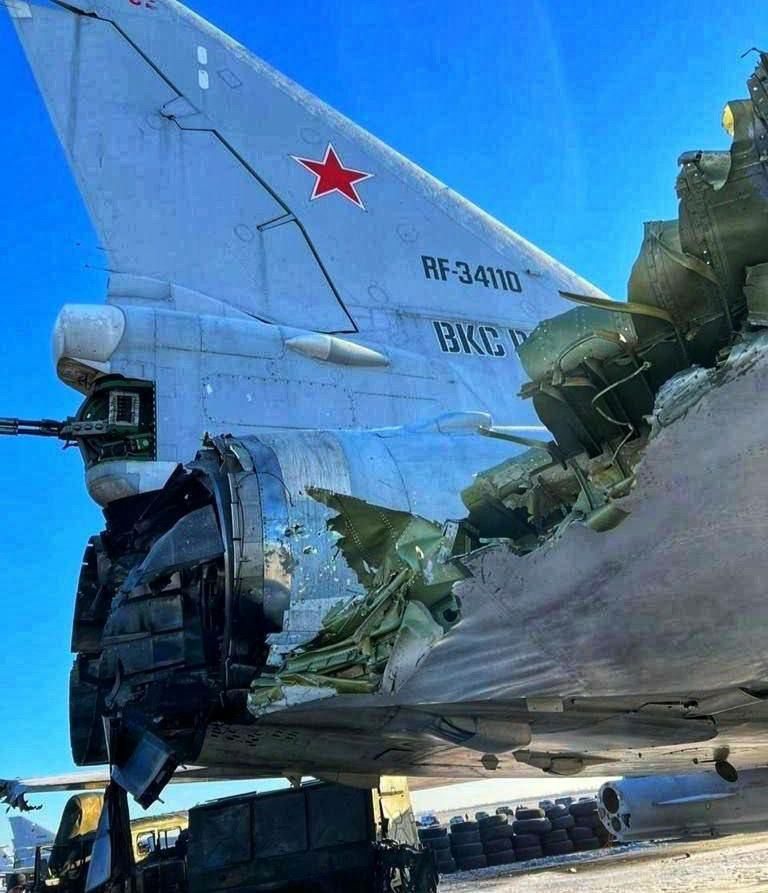Russian missiles, drones, and other weapons are chock-full of western electronics, which have found ways to get into Russia despite existing sanctions. Particularly devastating are the precision missiles which terrorize the entire civilian population of Ukraine and cheap drones directing Russian fire at the front. So much that Ukraine's Foreign Minister Dmytro Kuleba has called cutting off the oxygen to Russia's capacity to produce missiles and drones his number one priority in 2023. Here are the western firms supplying the "brains" to Russian war machine and how this could be stopped.
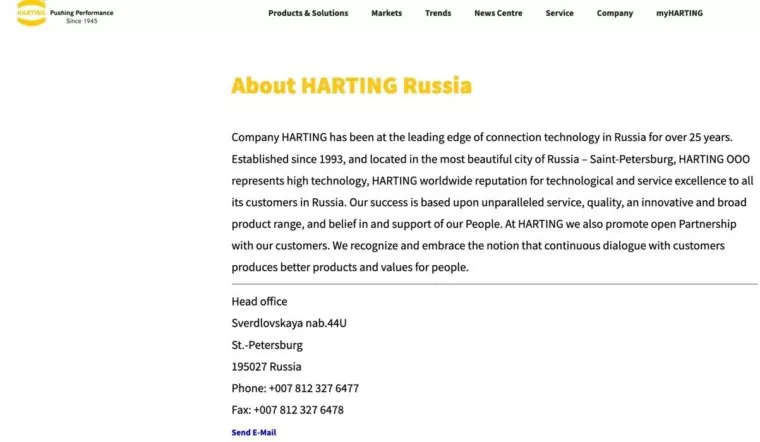
Russia's double whammy: concurrent war on global trade relations and a call for bids on foreign components
In mid-October, Trap Aggressor's analysis of imported components highlighted a couple of specific tenders. These tenders are just a few credible proofs of the Russian MIC's high demand for and reliance on foreign technologies. For instance, the Uralvagonzavod (UVZ), Russia's primary tank manufacturer, purchased reduction gearboxes through a tender in March 2022. The requirements stipulated that it is particularly preferred the German company Getriebebau NORD GmbH & Co. KG or a comparable manufacturer must manufacture the reduction gearbox for one of the items. Another example is the request for only Polish pressure transducers, brand-new and made by a specific Polish company, Aplisens.
Geography and origins of Western components in Russian weaponry
Earlier analysis prepared by Trap Aggressor as part of the Institute for War and Peace Reporting (IWPR) project with the support of the Royal Norwegian Ministry of Foreign Affairs systematized information from Ukrainian and foreign sources about electronic components discovered in Russian military equipment to provide a more comprehensive picture of this dependency. Trap Aggressor found 39 types of Russian weapons and equipment with foreign processors, modules, and chips by analyzing battlefield evidence in Ukraine. Tanks, airborne combat vehicles, fighter jets, night vision devices, binoculars, and radios are some examples.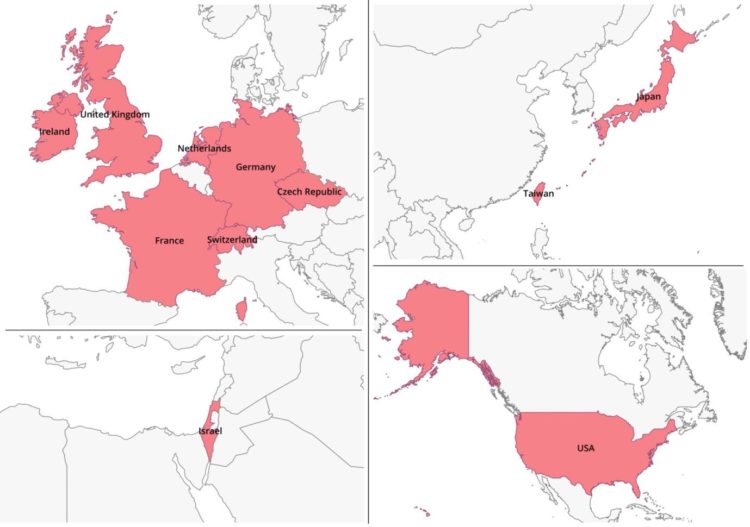
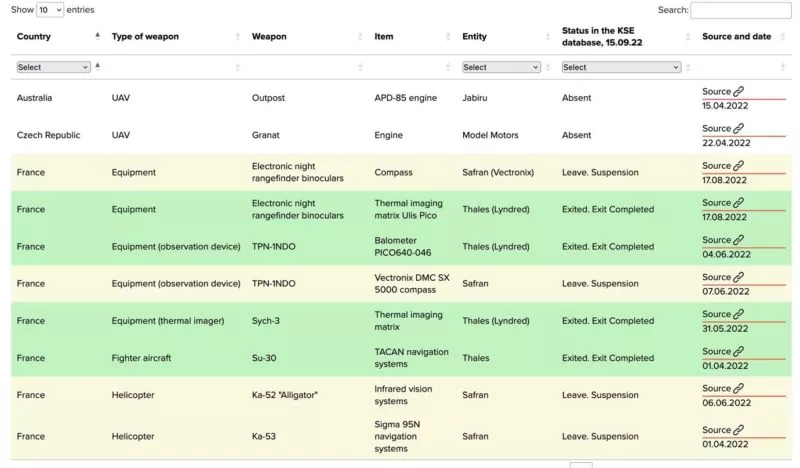
Western components in Russian cruise missiles, an MLRS, a UAV, and a helicopter
According to Ukraine's Defense Ministry, Russia has used half of some of its missile stocks while continuing to produce several types following the invasion of Ukraine on 24 February.Ever since Sergey Surovikin assumed the command of the Russian invasion forces in October, Russia has carried out up to eight waves of massive attacks, with more than 400 missile strikes targeting Ukraine's critical civilian infrastructure and the power grid. We will review three of the missiles above, as well as the Kamov Ka-52 Alligator attack helicopter, Orlan-10 UAV, and the Tornado-S MLRS.Four enemies of the russian missile arsenal:
— Oleksii Reznikov (@oleksiireznikov) November 22, 2022
brilliant Ukrainian air defense forces; inept russian missile forces; sanctions;
time.
Let's demilitarize the terrorist state to live in peace! pic.twitter.com/ndttmXCc22
9M727 Iskander cruise missile
While the Iskander 9K720 system is most known for launching ballistic missiles, it can also fire the 9M727 and 9M728 cruise missiles.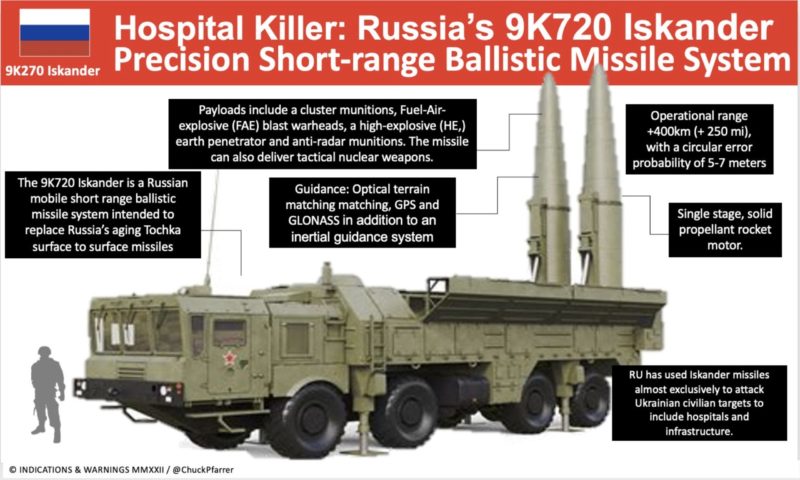
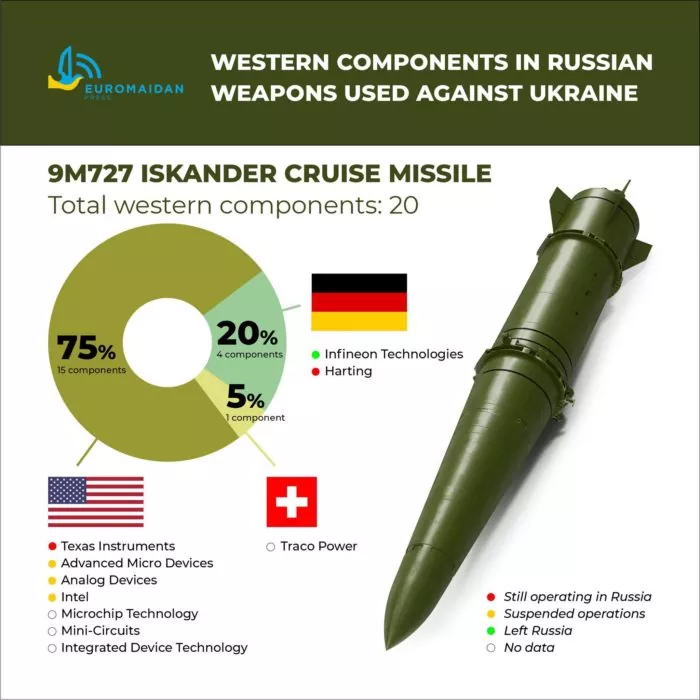
- two microchips (TMS 320C30GEL JG-22S2LGB and DSP TMS320C25GBA)
- two digital signal processors (TMS320 C25GBA and TMS320 C30GEL)
- one processor (Zarya computer)
- one microcircuit logic and voltage translation (Baget-62-04 computer)
- one signal processor (Baget-62-04 computer)
- transceivers (Baget-62-04 computer).
- dual-port static RAM (Zarya computer) by Advanced Micro Devices
- field-programmable gate array (Baget-62-04 computer) by Advanced Micro Devices (Xilinx)
- 12-bit A/D converter manufactured (SN-99 system) by Analog Devices (Linear Technology Corporation)
- microchip Altera cyclone (Baget-62-04 computer) by Intel (Altera).
- the voltage regulator (Baget-62-04 computer) by Microchip Technology
- microchip core & wire transformer (Baget-62-04 computer) by Mini-Circuits
- boot sector flash memory (Zarya computer) by Integrated Device Technology.
- four German-made components: - CMOS static RAM (Zarya computer) by Infineon Technologies (Spansion Ink) - static random-access memory (Baget-62-04 computer) by Infineon Technologies (Spansion Ink) - one CMOS static RAM (Zarya computer) by Infineon Technologies (Cypress Semiconductor) - ethernet cabling (Zarya computer) by Harting. This company remains operational on the Russian market with an office in St.-Petersburg.
- one microchip DC/DC converter (Baget-62-04 computer) from Switzerland
Kalibr cruise missile
The Kalibr cruise missile is another famous Russian anti-civilian weapon and the backbone of the Russian Navy's land attack capability. Surface combatants and submarines in the Black Sea regularly fire Kalibr missiles at Ukraine. Its range is 1,400 km presenting a threat to every Ukrainian city.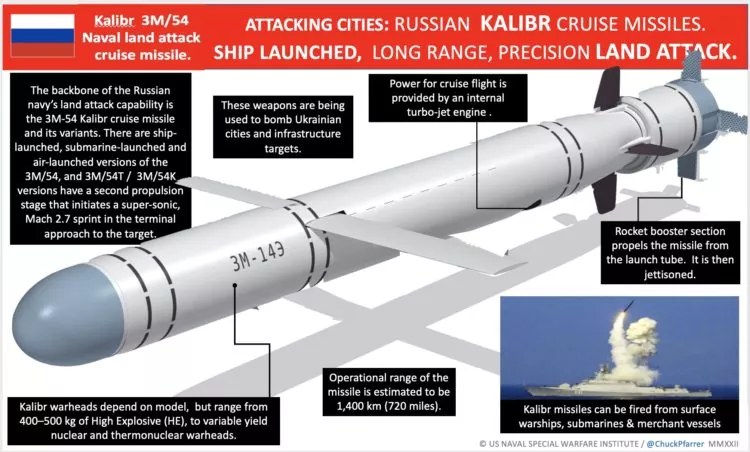
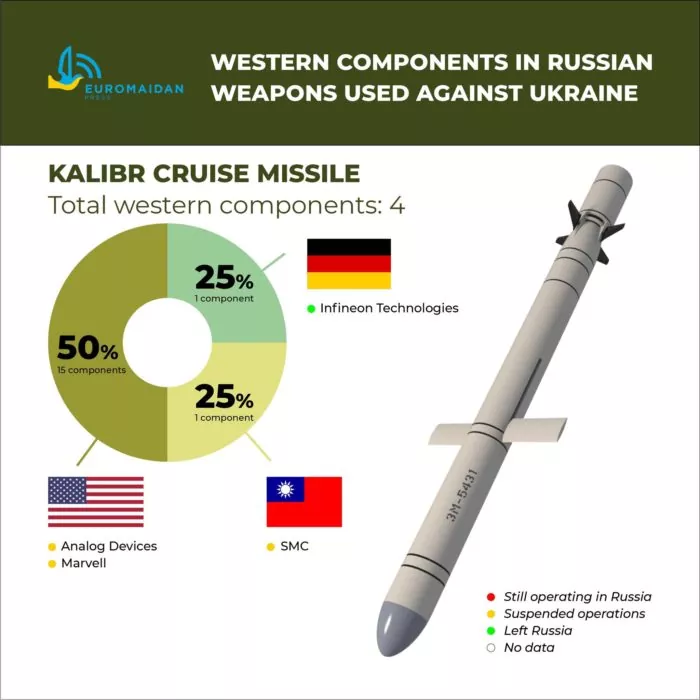
- two US-made by Analog Devices (AD9218BSTZ-105 MSPS 3 V DUAL A/D CONVERTER) and Marvell (88E1111-BAB2 ULTRA GIGABIT ETHERNET TRANSCEIVER);
- one from Germany by Infineon Technologies (Cypress Semiconductor) (CY7C1381KV33-133AXI 18MBIT PARALLEL STATIC RAM);
- one from Taiwan by TSMC (microprocessors "Elbrus" and "Baikal"), Kinzhal also has them.
Kh-101 air-launched cruise missile (ALCM)
Kh-101 ACLM is Russia's most advanced tactical land attack cruise missile. The Tu-95MS strategic bombers are equipped to carry and fire Kh-101 missiles. With a range of 4,500 km and an accuracy of five meters, this ACLM, like the Kalibr, poses a threat to every city in Ukraine. According to Ukraine's Ministry of Defense, since 24 February, Russia has employed 132 Kh-101 missiles and produced 120 of these ACLMs.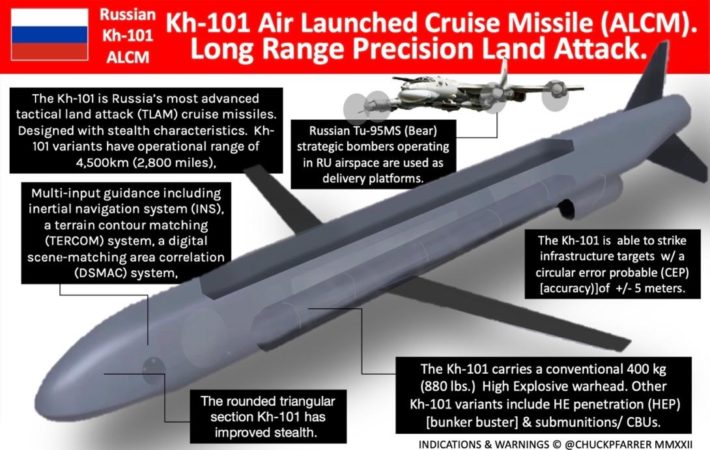
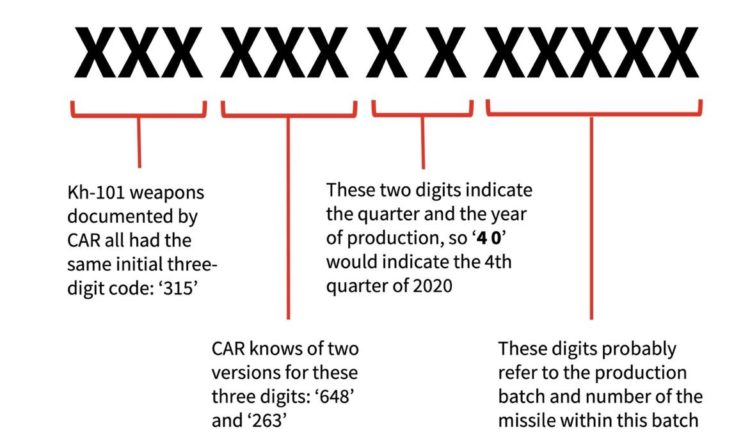
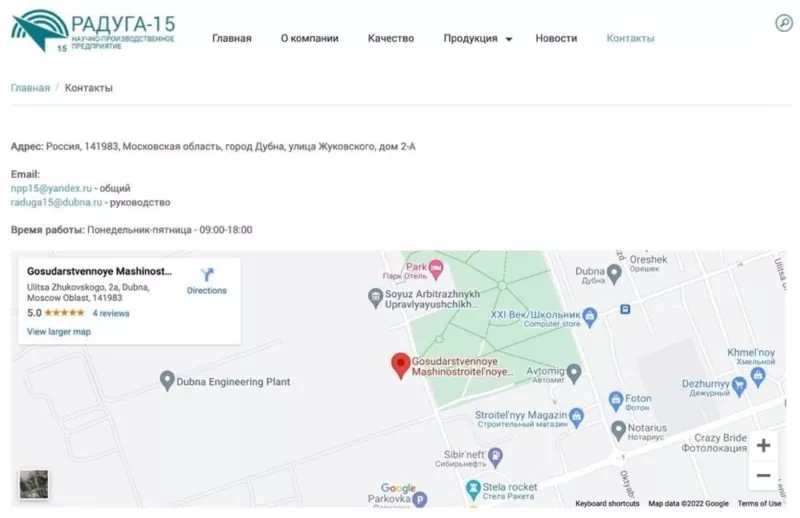
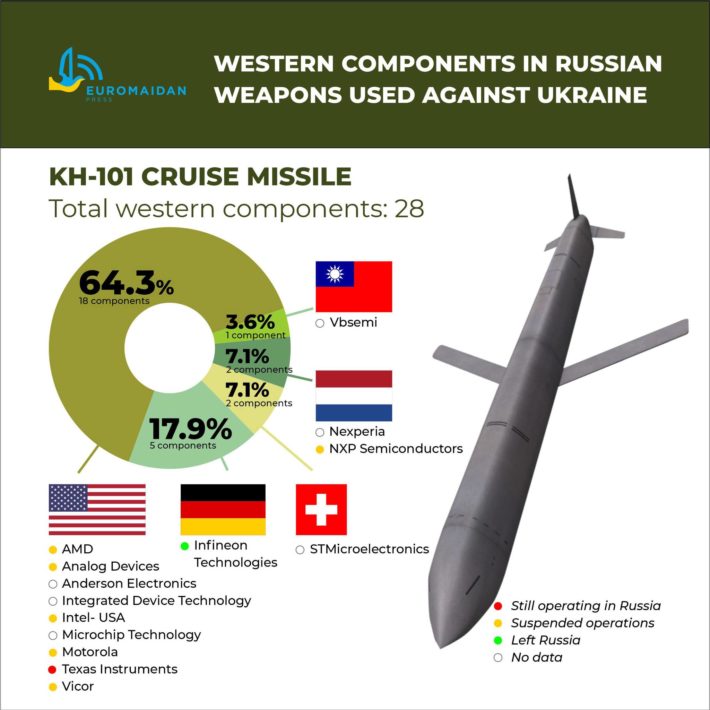
- 5 German-made by Infineon Technologies (two by Cypress Semiconductor, three by Spansion Ink);
- 18 US components, including: - five by Texas Instruments - three by Analog Devices (along with two by Analog Devices (Linear Technology Corporation) - two by Integrated Device Technology - two by Intel - one by Advanced Micro Devices (Xilinx) - one by Anderson Electronics - one by Microchip Technology - one by Motorola - one by Vicor - one by Zilog.
- two components manufactured in the Netherlands: one shifting bus switch by NXP Semiconductors (Philips Semiconductor) and one bus transceiver by Nexperia;
- two Switzerland-made by STMicroelectronics (one quad flat package and 44-lead thin quad flat packages);
- one Taiwan-made by Vbsemi (mosfet).
Trending Now
Tornado-S 9K515 multiple launch rocket system (MLRS)
In February 2022, Infineon Technologies announced that it had ceased supplying Russia with electronics as a show of support for Ukraine. However, these components were used in Russia's latest generation of the 300mm multiple launch rocket system (MLRS), Tornado-S 9K515, deployed to Ukraine on 21 November. In March, Intel also suspended shipments but did not announce the closure of its Russian office. Additionally, Iskander and Ka-52 helicopters make use of Intel chips.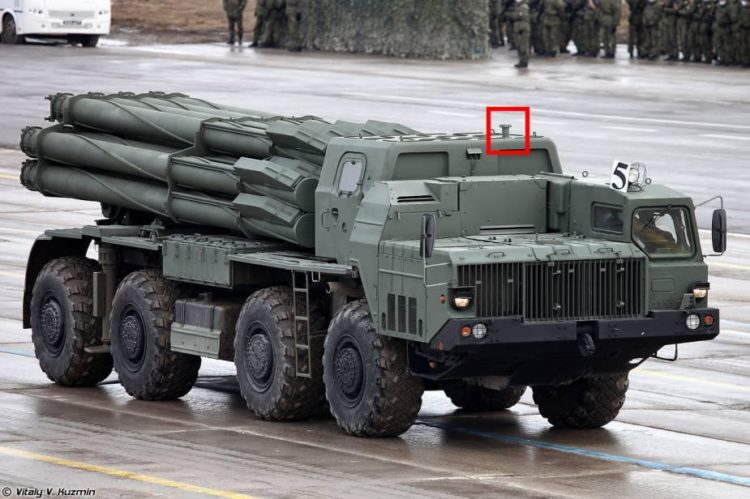
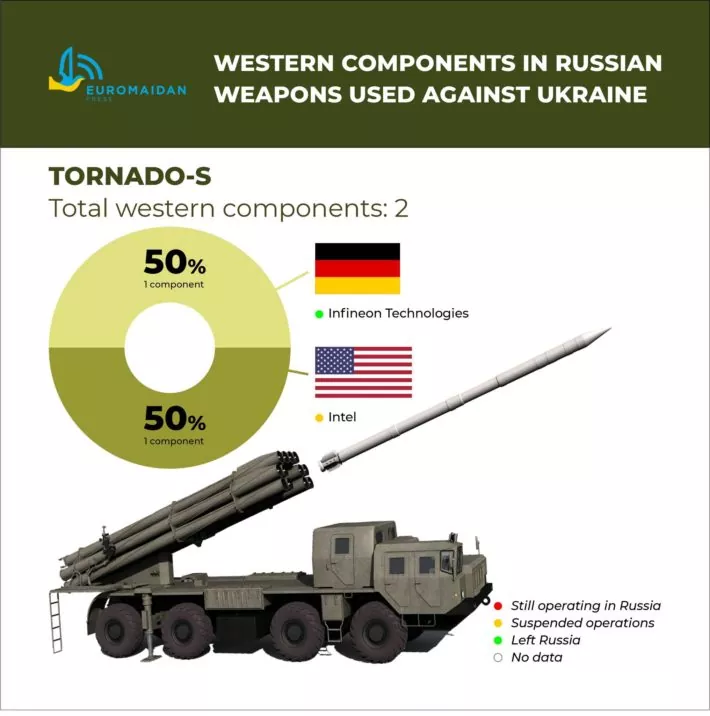
Orlan-10 reconnaissance UAV
Russia also employs the relatively sophisticated yet inexpensive Orlan-10 reconnaissance UAV. Russian forces use it to direct artillery fire on Ukrainian positions and carry payloads. Military experts consider it one of the most critical components of the Russian Army's lethality in Ukraine. Russian artillery can strike within three minutes of an Orlan-10 being above Ukrainian positions, leaving targets with almost no time to escape the fire zone. Without the UAV, the response time is 20 minutes, giving Ukrainians enough time to relocate. With an operational radius of 120 km and flying at altitudes up to 5 km, it is especially challenging for Ukrainian forces to shoot down using MANPADS.Western companies supplied components for Russian Orlan drones despite sanctions – mediaDesigned and manufactured by Russia's Special Technology Center Limited Liability Company, under sanctions since 2016, the Orlan is chock full of western electronics. According to a RUSI report, the Special Technology Center purchased Western components worth more than $25 mn through a chain of intermediaries.
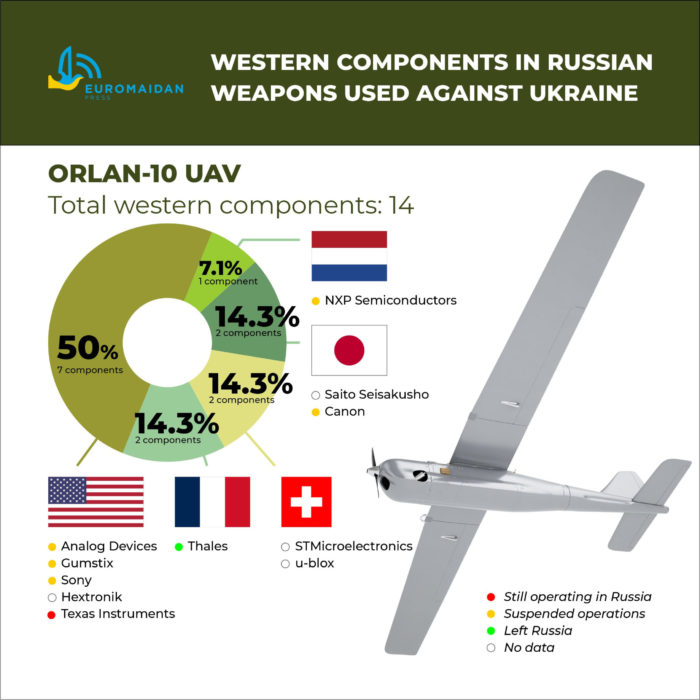 Western companies produce 14 components of Orlan-10, according to Trap Aggressor.
Seven in the USA:
Western companies produce 14 components of Orlan-10, according to Trap Aggressor.
Seven in the USA:
- Fast RF transceiver and Universal transceiver microchip by Analog Devices (2)
- video camera by Sony
- IronSTORM-BY computer-on-module by Gumstix
- Gimbal motor by Hextronic
- Power management modules and WiFi link modules by Texas Instruments (2)
- Microcontrollers and modules by STMicroelectronics and u-blox (Switzerland)
- Pressure sensors by NXP Semiconductors (Netherlands)
- Thermal imaging matrixes by Thales (Lyndred) (France)
- Engine by Saito Seisakusho
- Camera by Canon
Kamov Ka-52 Alligator helicopter
One of the Kremlin's latest combat aircraft, the Ka-52 is considered one of the most capable and deadly attack helicopters. In Ukraine, Ka-52s have seen "more intensive use than the other fleets, both by day and especially at night, on all fronts in Ukraine," according to RUSI report. According to the previous CAR September field report, the Ka-52 Alligator helicopter also contains several foreign components. CAR team has also identified shared components between Ka-52 helicopters, several Russian UAVs, multiple cruise missiles, and communication and navigation equipment contained in other Russian military hardware. Thus, the onboard computers of the Ka-52 helicopter and the Kh-101 missile contain identical foreign-made components.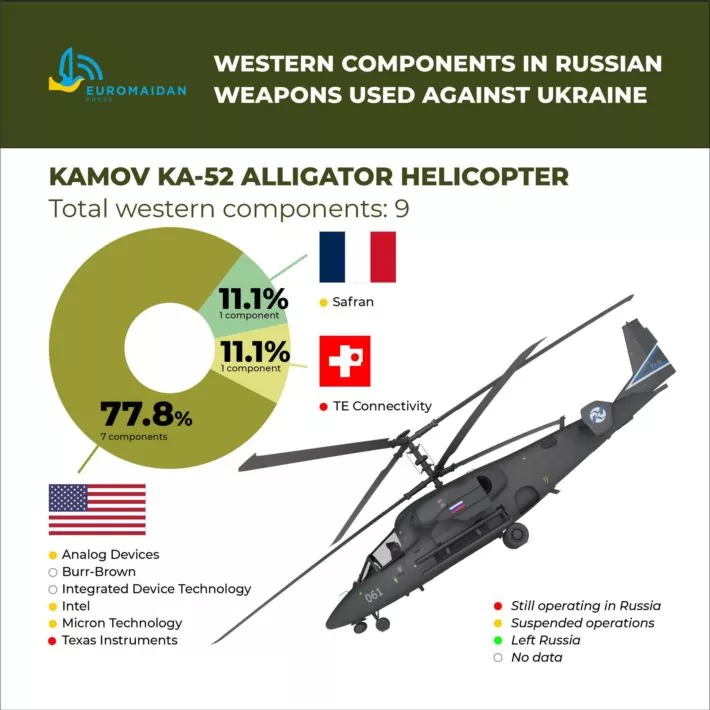
- seven US-made microchips, namely by: -TE Connectivity -two by Analog Devices-five by Burr-Brown, Integrated Device Technology, Intel (Altera), Micron Technology, and Texas Instruments.
- a microchip by TE Connectivity (Switzerland), which remains on the Russian market as per the database
- infrared vision systems by French company Safran.
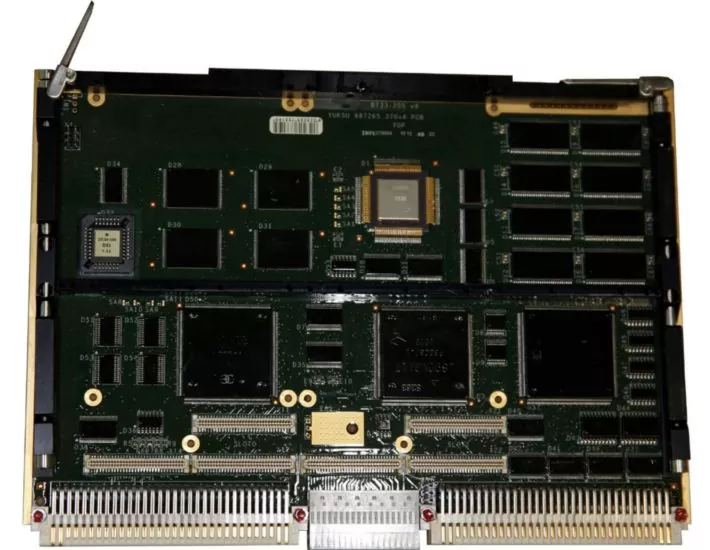
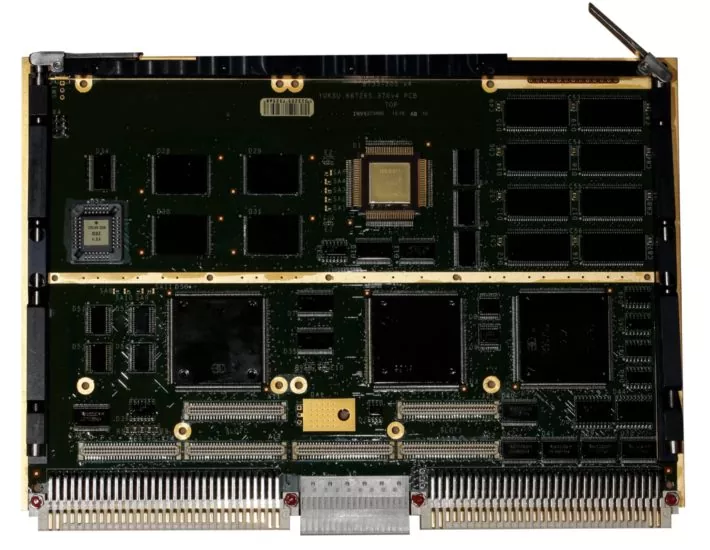
New supplies or simply leftovers?
According to late October Trap Aggressor's analysis, the examination of electronics distributors, whose websites and social media pages continued to announce new import deliveries, revealed the VKontakte page of the component seller company "Promelectronics," regularly offering "special deals" on products throughout the summer. These offers included chips, microcontrollers, and other electronics from Infineon Technologies, Analog Devices, Microchip Technology, Murata Manufacturing, Nexperia, and TDK Electronics.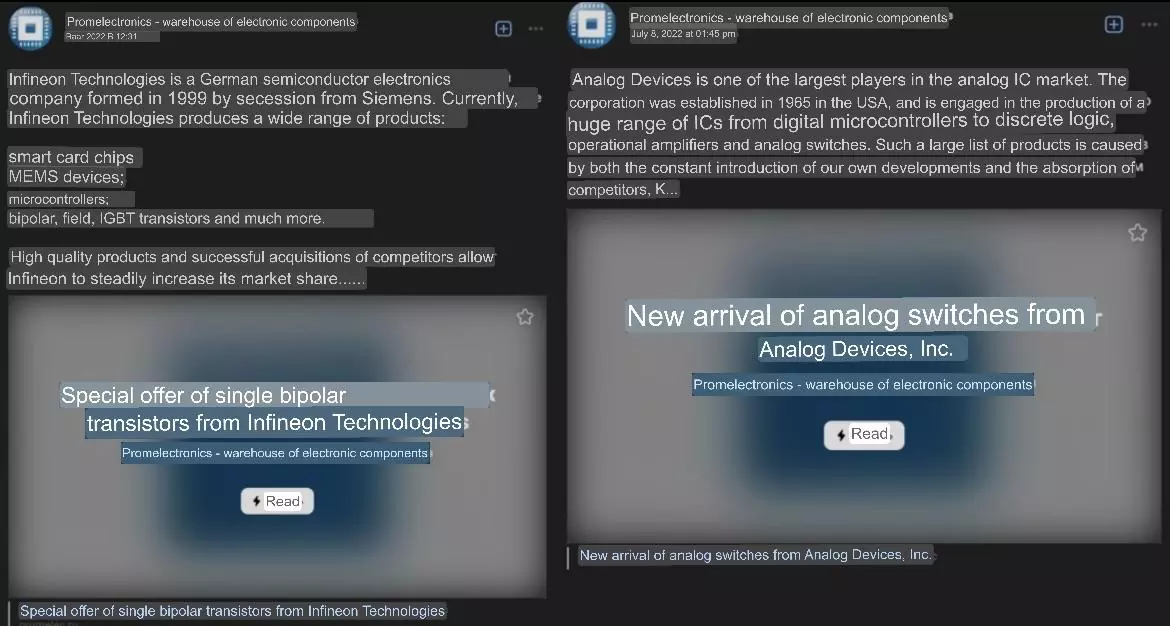
A need for a twofold approach: intensive surveillance and military action
The further logical steps in stifling the oxygen supply to the Russian war machine should be twofold. Both political and military measures will be required. One can already observe these tendencies in international policies. First, the US and its allies must further tighten the sanctions already imposed on Russian arms manufacturers and component suppliers. The imposition of additional measures could significantly hinder Russia's acquisition of the microelectronics it requires. Additionally, one could incorporate the proposed approach by the Yermak-Mc Faul group. It is an international working group on sanctions against Russia. The proposed initiative is a "Cold War 2.0" approach to tighten sanctions further and raise their efficacy. It could include instituting a special trade regime to even further restrict trade and access to Western technologies until Russia transitions to a peaceful foreign policy. One must also keep in mind that the US has already implemented measures requiring chipmakers to obtain a license from the US Department of Commerce before exporting specific chips that one can utilize in modern weapon systems. The DOC has also issued license restrictions prohibiting US citizens from working in China's chip manufacturing industry. It could jeopardize their US citizenship. Furthermore, despite previous setbacks, the EU finally implemented the ninth package of sanctions against Russia on 16 December. The latest package is not only focusing on the tightening of already existing sanctions but also making provisions for additional measures and specifically secondary sanctions. Secondary sanctions, given the recent incident with the Lady R ship in South Africa, are unquestionably the best course of action. The above implies that it is no longer mere circumvention of restrictive measures and assistance considered a criminal offense. The concealment of blacklisted individuals as the ultimate beneficiaries of the funds has also joined the list of criminal offenses. Thus, individuals and companies aiding in the concealment of assets through the shell and offshore companies, various networks, and other means using different jurisdictions also fall under the Damocles sword. Moreover, legal advisory and tax consulting services to sanctioned individuals will also now be considered a criminal offense. Therefore, secondary sanctions will further minimize Russia's acquisition of foreign components through third-party hubs. The closure of even a few avenues or loopholes for evading sanctions will collapse the Russian defense industry. The identical placement of computer chips on multiple circuit boards with various production dates but the same manufacturer makes it easier to target and destroy supply networks with stricter sanctions. Additionally, obsolete components are integrated at a low level.The New York Times quotes NASA employee Arsenio Menendez stating that Russia's technology is mainly outdated. "It is essentially the same as an Xbox 360 gaming console, and it appears that anyone can build a copy. A group of electrical engineering undergraduates could construct this."Russia's cruise missiles may be riddled with inaccuracy due to the medley of components used to construct its guided weapons. Incorrect processing of satellite signals by rather unusual GPS units can cause a cruise missile to miss its target by a significant margin. The second aspect of the twofold approach necessitates military measures. Considering the significant development in the 11-month war and the Pentagon's tacit approval of Ukraine's possible attacks on targets inside Russia, military action is another comparable option. There is no longer an insistence in the air that Ukraine should not strike Russian military targets. The provisional proposed measures may include targeting production facilities. For example, the missile production plants and other military and strategic targets. In fact, one may already currently observe a series of strikes on Russian Dyagilevo (Ryazan Oblast) and Engels (Saratov Oblast) strategic airbases dubbed a real "game-changer" in the war. Thus, immediately severing the dragon's very head is the only logical and reasonable expectation.
Russian airbase in Saratov’s Engels under attack again: Russia claims “Ukrainian” UAV downed but three troops killedDespite the continued use of the same escalation calculus, the fear of escalation has changed. During the last 11 months of the war, Ukraine has demonstrated its full range of capabilities. As usual, Russia's greatness proved to be an illusion, and its incapacity to produce anything independently. Currently, all that is required is to block the Z to Russian war machine using the several concrete, practical means at our disposal. This report is based on Trap Aggressor analysis, RUSI's Silicone Lifeline report, and CAR's September and November investigative research on weaponry and components analysis. Related:
- Western companies supplied components for Russian Orlan drones despite sanctions – media
- Terror from the sky: a guide to Russian missiles used against Ukraine and how to stop them
- The mysterious weapons behind Ukraine strikes on Russian airbases
- Recent strikes show Ukraine can conduct long-range operations on Russia without western equipment -FT
- Three things Ukrainian drone strikes on Russian strategic airbases change in the war

